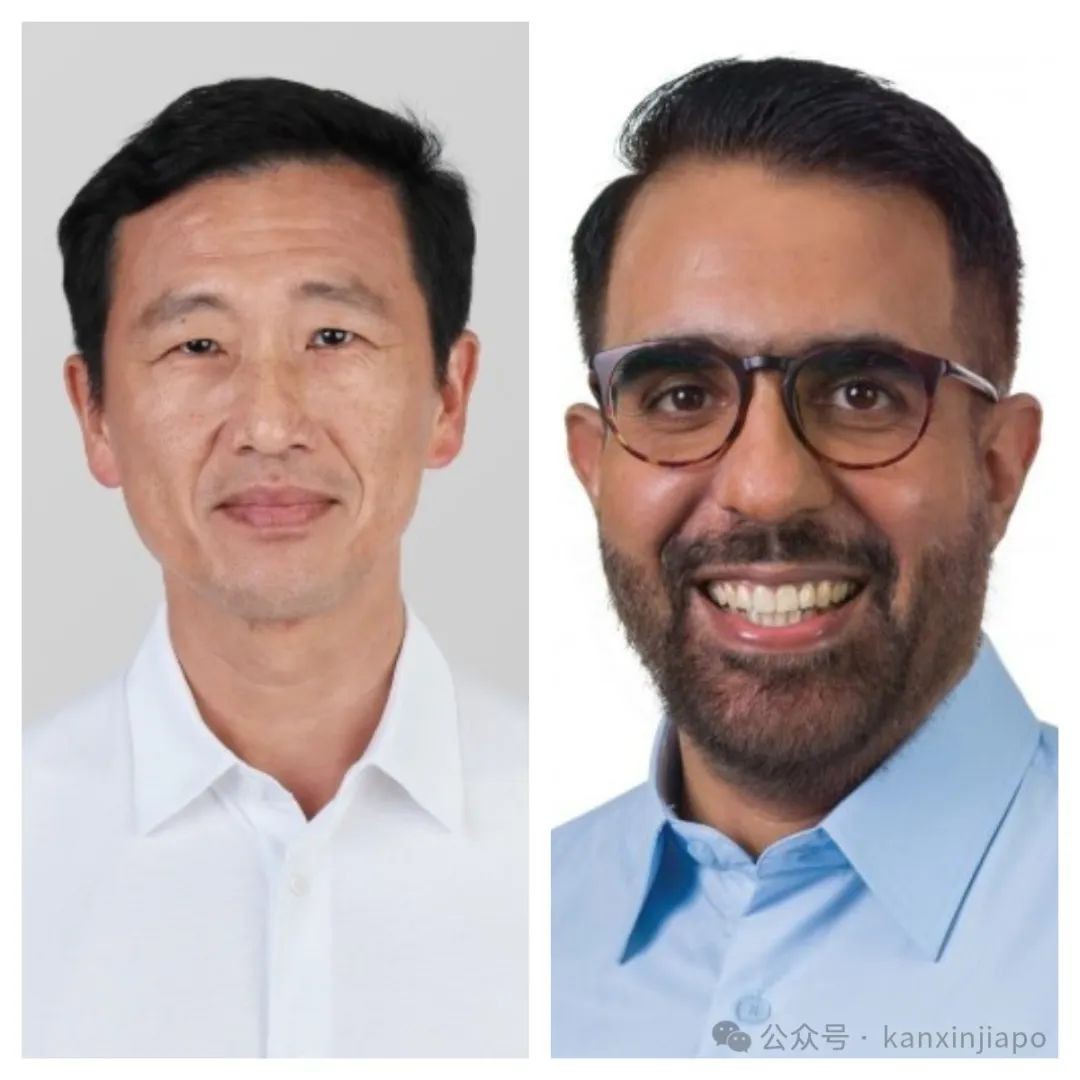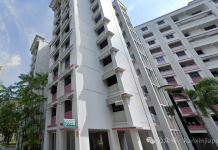2024年3月6日,新加坡卫生部长王乙康在国会答复阿裕尼集选区国会议员毕丹星有关医院急诊室相关的问题。
以下内容为新加坡眼根据国会英文资料翻译整理:

左图:卫生部长王乙康 右图:反对党领袖,阿裕尼集选区国会议员毕丹星
主席:我们有时间作出说明。毕丹星先生。
毕丹星:谢谢主席。我想向部长提出一个问题。病人和医疗专业人员对紧急情况的定义可能不同,这取决于你的疼痛程度。为此,部长表示急症室约有40%的个案其实并非急症。我想问一下,这些年来这个数字是否稳定,因为如果稳定的话,那么考虑与来就诊的病人分享动态信息,将有助于他们更快地得到治疗;如果这些潜在的病人去人少的医院就诊,医护人员就不会超负荷工作。
第二问题是,除了提供床位使用中位数的资料外,可否亦提供病床在75%和90% 使用率的情况。
最后,我想说一下病患逾期住院的问题。这是否是医院面对的一个重大难题?部长能够提供一些有关病患逾期住院的信息,并在医务社工、顾问和监督医生之间做出更好地协调,以减轻病患逾期住院的问题?
主席:王部长。
王乙康部长:”紧急护理”的定义实际上是统一的。我们有一个命名法,P1、P2被认为是急诊;P3 及以后不太紧急,然后再往上。根据这个定义标准,P3及以上占40%。我不知道这个数字是否稳定。我希望随着时间的推移,这个数字会有所下降。但在此期间发生了新冠疫情。因此,即使是长期的数据跟踪,也不一定具有代表性。我们正在尽力教育公众,建立紧急护理中心,或是推行全科医生优先计划,来减少这个数字。
因此,我们的担忧仍然存在,担心公布动态信息会鼓励更多的P3患者,即非紧急情况的患者,到急诊室就诊。有时,当急诊室有喘息的时候,也许我们应该让医生和护士稍事喘息。因此,我们仍有顾虑。但是如我所说,我们不会拒绝这个建议,但我们一直有这个担忧。
至于病床轮候时间是否超过中位数,是否可以给出75%、90%的使用率,问题仍然存在。但我们不变的处理方式是:如果病患需要紧急护理,急诊部将尽可能第一时间为其提供床位。但我同意毕丹星先生的观点,急诊室并不是最舒适的地方。灯一直亮着。那里有推车床,但并不是一个正规的病房。因此,我们必须进分清轻重缓急。那些需要住院紧急护理的病人,我们会立即为他们提供护理病房。因此,这不仅仅是等待时间的问题。病人的紧急程度和临床需求也是一个重要因素。
至于病患逾期住院的问题,我之前已回答过了。过去, 逾期住院的病患维持在一天300人左右,现在已减少到 200 人,但仍有改进的空间。

以下是英文质询内容:
The Chairman: We have time for clarifications. Mr Pritam Singh.
Mr Pritam Singh (Aljunied): Thank you, Chairman. A question to the Minister on my cut. Emergencies can be defined by the patient and the medical professional differently depending on the sort of pain you are in. And to that end, the Minister shared that about 40% of cases at Accidents and Emergencies (A&Es) are not emergency cases. I would like to enquire whether that has been a stable number over the years because, if it has been, then it may be helpful to consider some sort of dynamic information to be shared with walk-in patients, because it will help them get attended to more quickly and also for the health workers and health staff in hospitals who may not be overloaded if these potential patients go to a hospital which is less crowded.
The second question pertains to my cut with regard to providing information beyond just the median vis-à-vis bed utilisation, and whether it can also be extended to bed utilisation at the 75th and 90th percentiles.
I have a final query on overstayers. Is this a significant problem in the hospitals? It would be helpful if the Minister could share some information on overstayers and whether there could be better coordination between medical social workers and the consultants and overseeing doctors, so that this problem can be abated somewhat.
The Chairman: Minister Ong.
Mr Ong Ye Kung: The definition of “urgent care” is actually standardised and practised. We have a nomenclature P1, P2 which are considered urgent; P3 onwards not so urgent and it goes up. So, therefore, this is based on a standard definition, and so P3 and above is 40%. I do not have the number whether it is stable. I am hoping it has come down over time. But we had a pandemic in between. So, even if it is tracked over time, it may not be representative. But we are doing what we can educating the public, having UCCs, having GPFirst programme to reduce this number.
So, our concerns still stand, that the worry is that with dynamic information, we are encouraging more P3s, non-urgent, from coming to EDs. Sometimes, when the ED has a breather, maybe we should just let the doctors and nurses have a breather. So, we remain to have a concern. But as I said, we are not rejecting the suggestion, but we always had this concern.
As for bed waiting time beyond median, whether we can indicate 75th, 90th percentile, the issue remains this: that if there is urgent care needed, it will be given almost immediately, without delay, at the ED if possible. But I take Mr Singh’s point that it is not the most comfortable place. The lights are on. There is a trolley bed, but it is not a proper ward. So, we will have to prioritise. Those who need urgent care in the ward, we will give them immediately. So, it is not just a matter of waiting time. The urgency and the clinical needs of the patient play a big part as well.
On overstayers, actually I have addressed that question. We used to have about 300 overstayers at any point in time. It has come down to 200, but there is still room for improvement.
CF丨编辑
CF丨编审
新加坡国会丨来源
新加坡国会丨图源
免责声明:
1.凡本网站注明文章类型为“原创”的所有作品,版权属于看南洋和新加坡眼所有。其他媒体、网站或个人转载使用时必须注明:“文章来源:新加坡眼”。
2.凡本网站注明文章类型为“转载”、“编译”的所有作品,均转载或编译自其他媒体,目的在于传递更多有价值资讯,并不代表本公众号赞同其观点和对其真实性负责。

相关阅读












